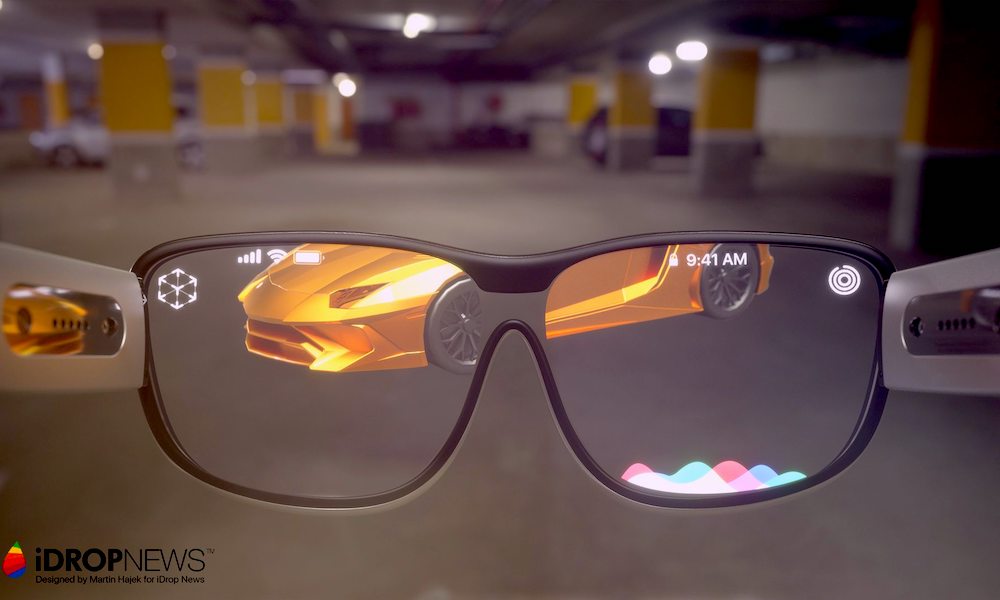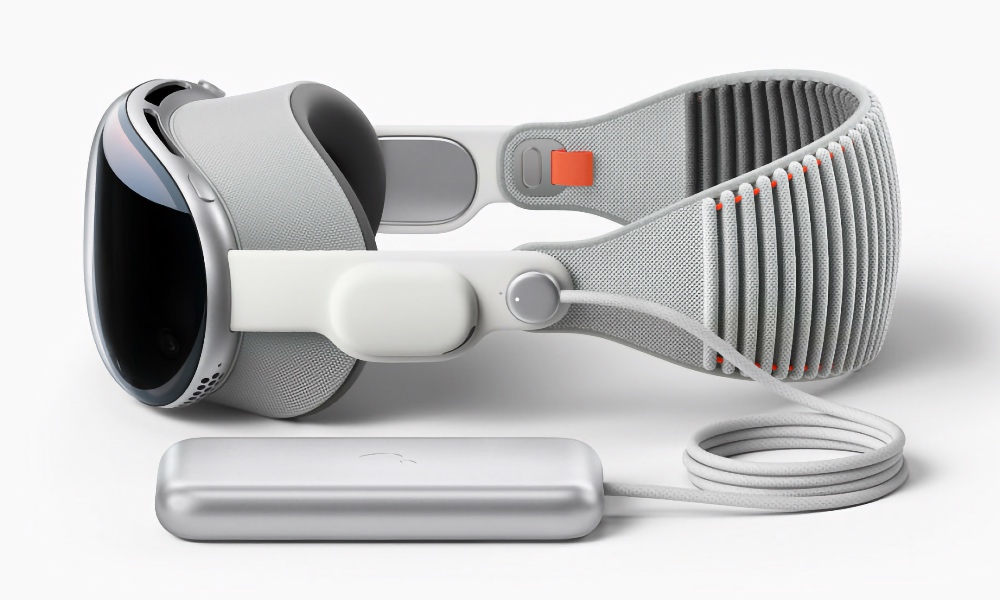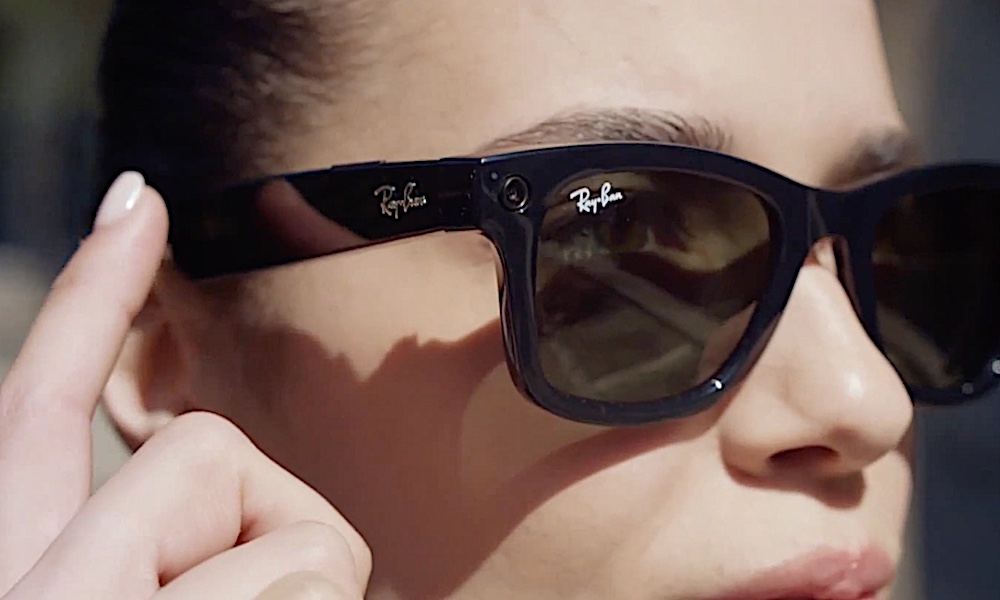Apple Hasn’t Given Up on ‘Apple Glass’
 Credit: Martin Hajek / iDrop News
Credit: Martin Hajek / iDrop News
Toggle Dark Mode
Apple may have nixed its plans for a set of augmented reality “smart glasses,” but that’s a mere bump in the road in terms of its overall ambitions to someday create the mythic “Apple Glass” we’ve been hearing about for years.
At one time, Apple had a dream of releasing both a mixed-reality headset and a pair of fully standalone augmented-reality glasses. The former is what ultimately became the Vision Pro, but during most of the spatial computing headset’s development, Apple was also exploring ways to build a set of smart glasses that would have been Apple’s answer to the ill-fated Google Glass.
By 2019, sources revealed that Apple had planned to release the AR glasses, code-named N421, the year after the Vision Pro, which was known only by the code-name N301 in those days. The glasses would have reportedly looked like “high-priced sunglasses” with thicker frames for the battery and other internals, plus lenses that darkened when in operation.
At the time, Apple executives believed these devices would usher in the next generation of mobile computing within the decade.
However, while the Vision Pro has defined a new paradigm in “spatial computing,” the more portable glasses never panned out. That’s likely because the entire concept was far too ambitious for the current level of technology. By all reports, N421 never got past the preliminary “architecture” stage; Apple certainly explored a wide variety of materials and technologies, but that was clearly enough to convince the company that it was best to abandon its efforts — at least for the time being.
That’s not surprising in retrospect. It took Apple half a decade to create the Vision Pro, a 1.5-pound full-sized headset that sells for $3,500. After all, if Apple could pack even half that technology into something the size and weight of a set of eyeglasses, the Vision Pro shouldn’t be the behemoth it is.

Instead, recent reports suggested that Apple was pursuing something more achievable: a simpler set of smart glasses, similar to Meta’s Ray-Bans or Amazon’s Echo Frames, that would be tethered to an iPhone or a Mac. These wouldn’t be anything close to the dream of Apple Glass, but they’d be a nice appetizer to tide us over until the real technology is ready.
Sadly, when Bloomberg’s Mark Gurman reported last week that Apple had scrapped the project, which had been code-named N107, many saw this as a sign that it had given up on Apple Glass entirely. Thankfully, that’s not the case. “Apple’s long-term goal of standalone AR glasses remains intact,” Gurman clarified today in his Power On newsletter. Apple would rather wait until the real deal is ready than waste its time on a “Lite” version.
As I reported last month, Apple recently scrapped plans for augmented reality glasses that would tether to a Mac. This device wasn’t the dream AR glasses that everyone is waiting for, but it might have served as a nice stopgap product. I’m told that Apple’s long-term goal of standalone AR glasses remains intact, and the company will keep working on underlying technology — like screens and silicon — to help make such a device more feasible.
Mark Gurman
Gurman had previously revealed that Apple had initially wanted to make the smart glasses work as an iPhone accessory but found it was a battery killer and “ran into problems over how much processing power the handset could provide.” So, the team switched to linking them up with a Mac, where processing power and batteries were less of a problem.
It seemed like a good idea at the time, offering the potential for users to use the glasses as a virtual Mac monitor, but the idea failed to win over Apple’s senior executive team. Further, as Gurman suggested today, John Ternus, Apple’s Senior VP of Hardware Engineering, who now heads up the Vision Products Group (VPG) following his former boss Dan Riccio’s October retirement, is proceeding more cautiously as he “doesn’t want another flop on his hands.”
Riccio handed over the reins of Apple’s Hardware Engineering Division to his chief lieutenant, then-VP John Ternus, in early 2021 when he was reassigned to head up the Vision Products Group, reporting directly to Apple CEO Tim Cook. However, after seeing the Vision Pro through to its full release, Riccio retired, and the VPG was put back into the Hardware Engineering Division, where it logically belongs now that it represents an actual product rather than a concept. However, the VPG is still working on many other things, and Apple isn’t about to abandon the holy grail of a true set of standalone AR glasses anytime soon. It’s not a question of if Apple Glass will happen, but when.
[The information provided in this article has NOT been confirmed by Apple and may be speculation. Provided details may not be factual. Take all rumors, tech or otherwise, with a grain of salt.]








